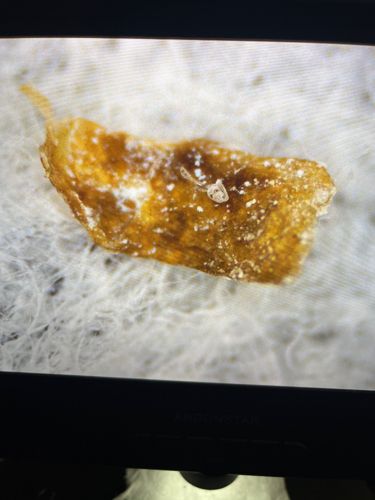Carpet Beetle Larva (likely varied carpet beetle or black carpet beetle)
Scientific Name: Dermestidae (various genera, e.g., Anthrenus, Attagenus)
Order & Family: Coleoptera, Dermestidae
Size: Larvae typically 2-5 mm in length, depending on species

Natural Habitat
Indoors, commonly found in homes, museums, and warehouses. Prefers dark, undisturbed areas like under furniture, in closets, behind baseboards, and in storage boxes. Also found in nests of birds and insects outdoors.
Diet & Feeding
Scavengers. Feed on a wide variety of organic materials containing keratin (e.g., wool, silk, fur, feathers, leather), chitin (e.g., dead insects), and dried animal or plant products (e.g., cereals, pet food, dried fruit, spices).
Behavior Patterns
Larvae are the damaging stage. They are typically slow-moving and avoid light. They undergo several molts before pupating. The bristly hairs seen on the larva are characteristic of many carpet beetle larvae and can cause irritation. Adults are winged and often found near windows as they seek to go outdoors to feed on pollen and nectar.
Risks & Benefits
Potential risks: Considered a household pest due to damage caused to textiles, carpets, clothing, museums specimens, and stored foods. Cast skins and bristles can cause skin irritation or allergic reactions in sensitive individuals. No known direct benefits to humans, but in nature, they play a minor role in decomposition of animal remains.
Identified on: 9/9/2025